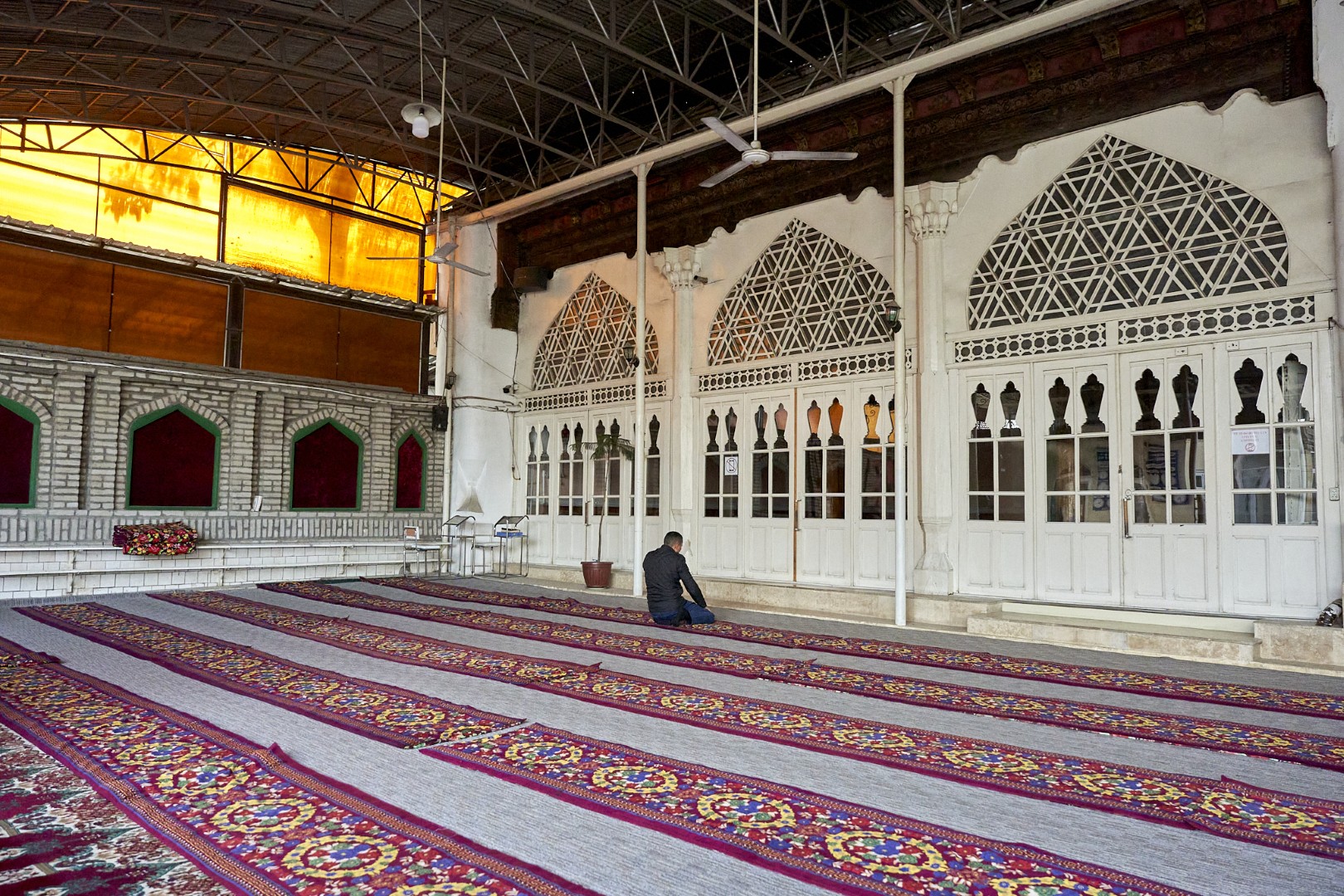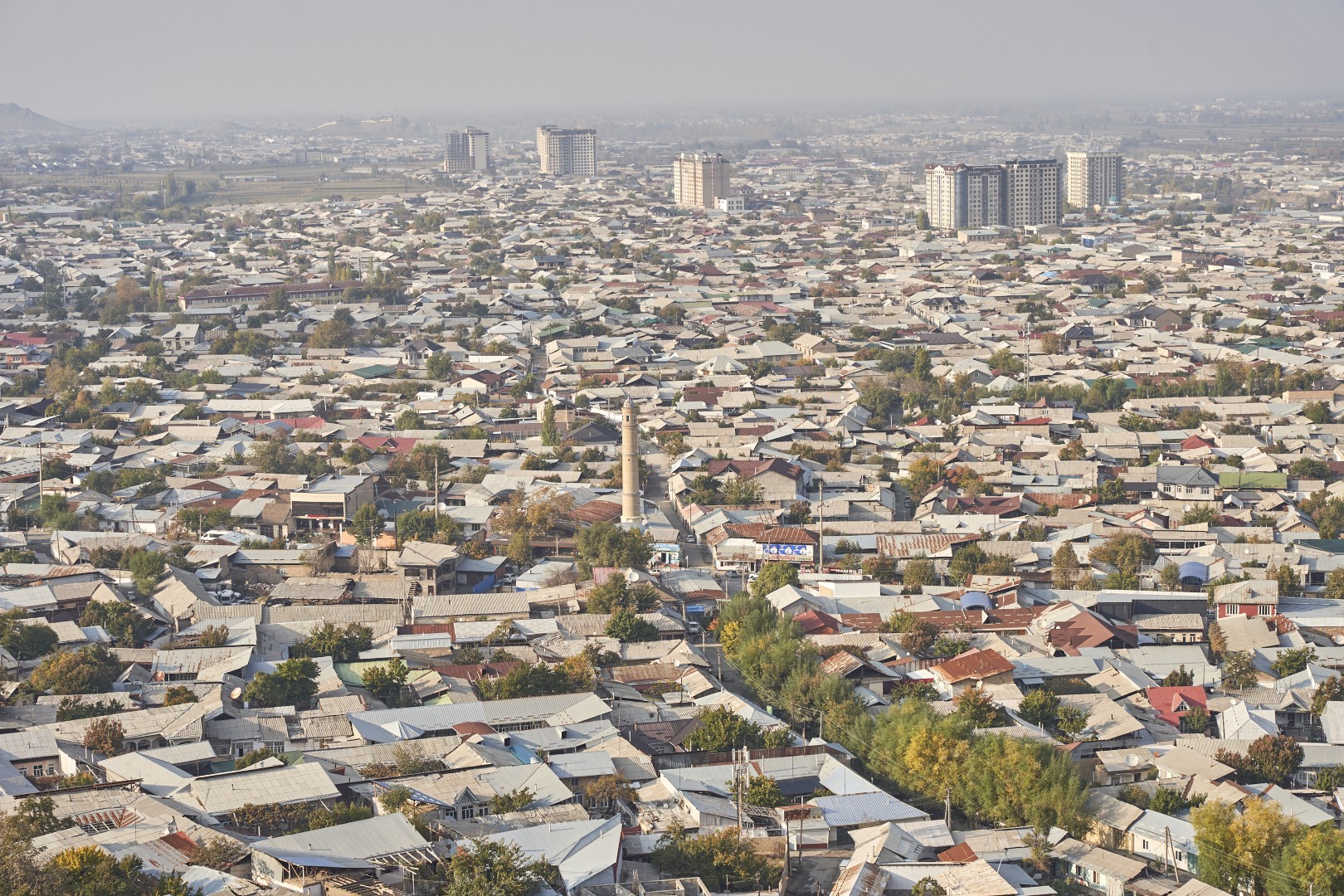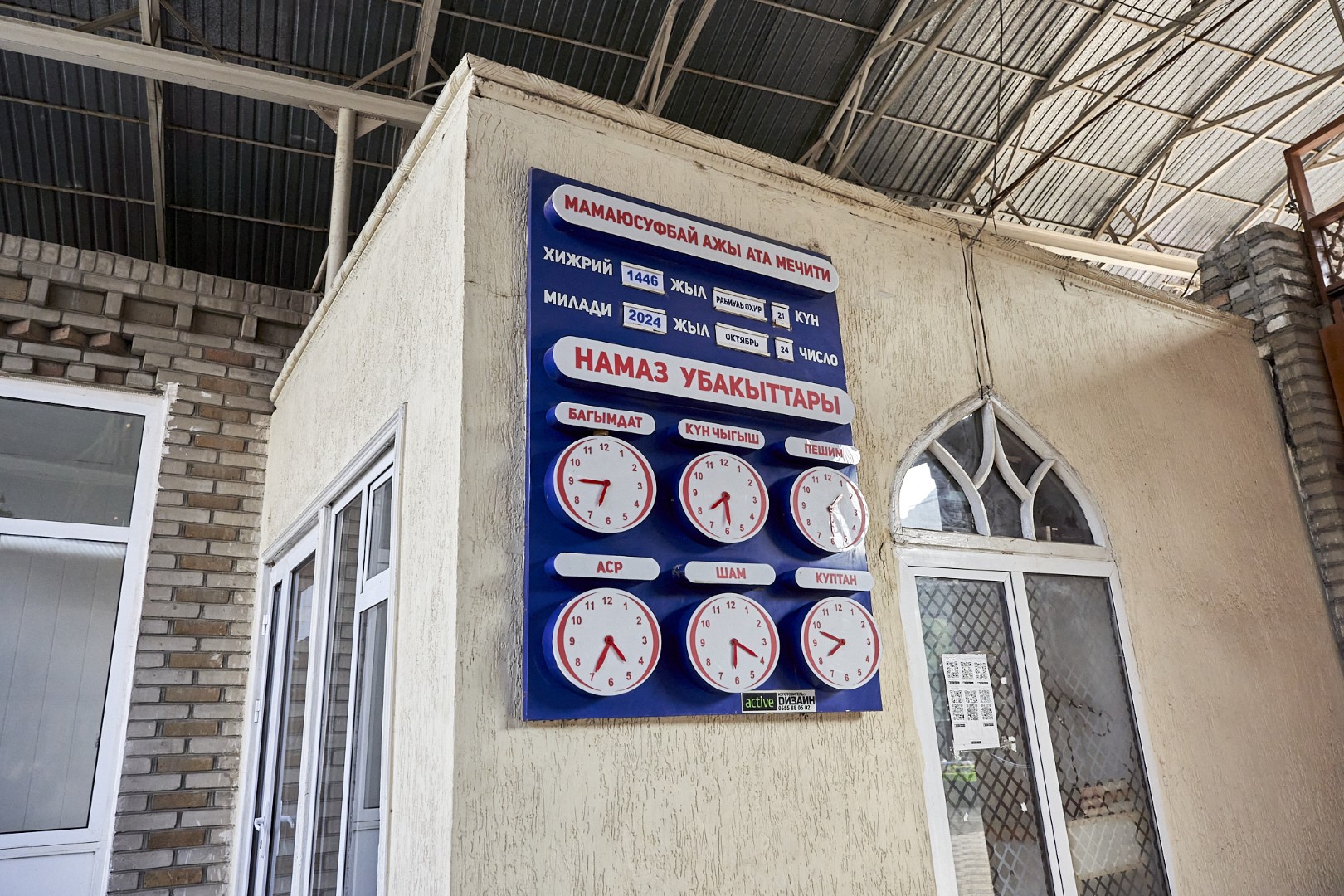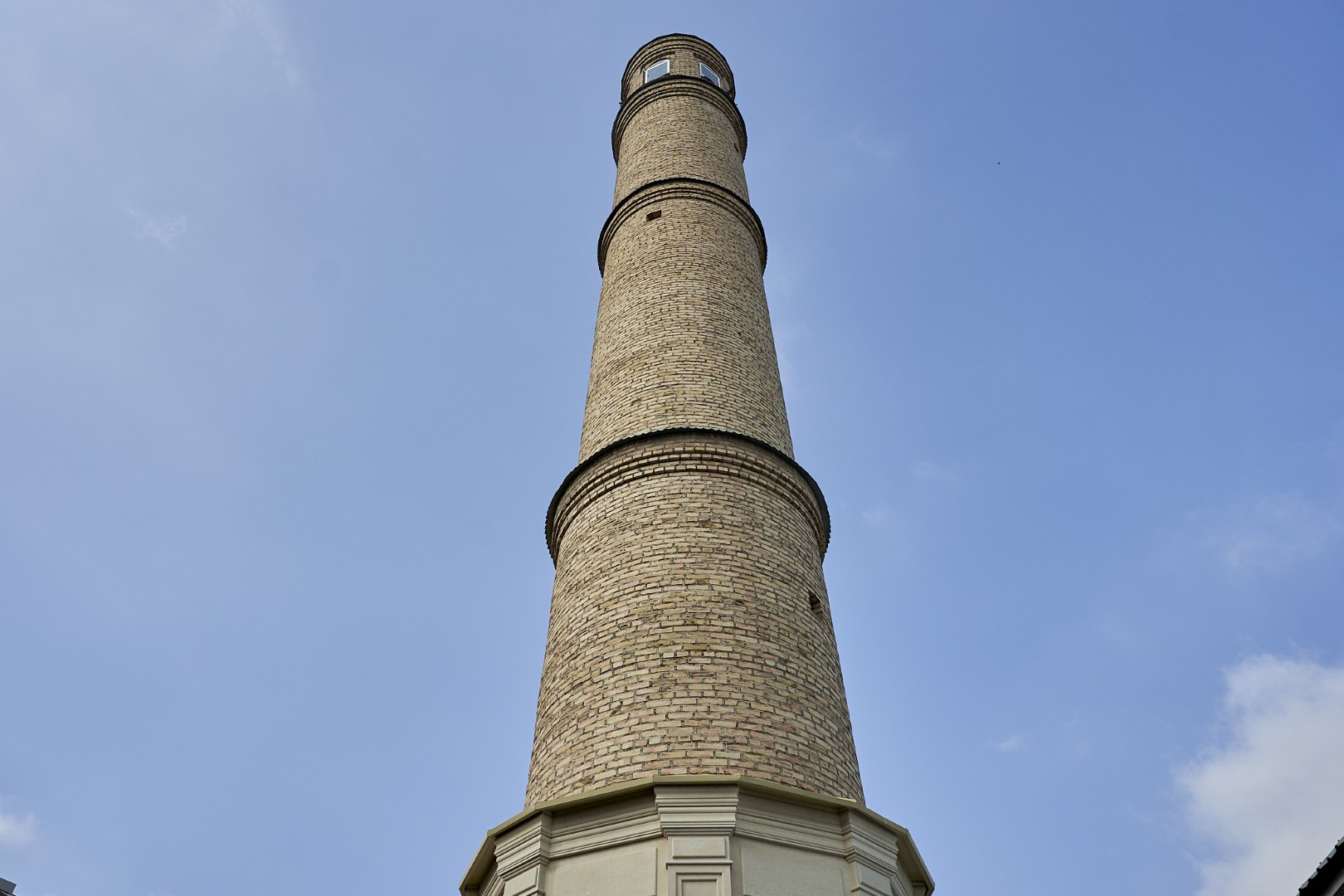

Entrance fee – Free

06:00 – 20:00

During prayer times
Women must cover their heads

Alisher Navoi str. 110
Add to My Tour
Mosque of Mohammed Yusuf Bai Haji Ogli
Mohammed Yusuf Bai Haji Ogli Mosque, an architectural monument of the 20th century, located on Navoi Street, is an example of a “guzar” (quarterly) religious building typical of southern Kyrgyzstan.
Mohammed Yusuf Bai Haji Ogli Mosque is the only example of original Fergana architecture in Osh, which was once very common throughout southern Kyrgyzstan, but today is almost lost.
In the past, neighbourhood mosques had the same layout and were built of fired or adobe bricks, “guvalak” and “pakhsa.” The roofs and coverings were made of clay, reeds and “berdana” woven mats on a wooden base. Walls and ceilings were decorated with bright ornaments and carvings on plaster and wood. Wooden columns were embellished with carved capitals and bases, and wooden ceiling beams bore simple or complex patterns.
One of the essential differences between the Mosque of Mohammed Yusuf Bai Haji Ogli and other places of worship is the absence of a dome. The layout resembles the letter “G”, and consists of a summer iwan, or vaulted portal, and winter prayer halls with mihrabs indicating the direction of Mecca. Initially, it was made of raw bricks, with fired bricks used for cladding. The main entrance to the winter prayer halls was in the eastern façade.
Another of the mosque’s notable features is its ornately decorated ceiling, supported with carved columns. Complex wooden beams are painted with bright floral patterns and ornaments. Floral elements combined with classical calligraphy were created by craftsmen from Khujan, as evidenced by the inscriptions. One of the beams also bears the names of Osh carpenters, and lists the date of construction as 1909-1910. The mosque is named in honor of the philanthropist Mohammed Yusuf Bai Haji Ogli, who, according to historical accounts, held a prominent position during the reign of the Kokand Khanate (1709-1876) and lived in that quarter.
In the 1960s, the first detailed examination of the mosque was carried out by the Soviet architect Leonid Kutsemelov, according to whose designs the Alai Hotel, the main building of Osh State University, and the former House of Pioneers were built in Osh.

Locations Nearby
-
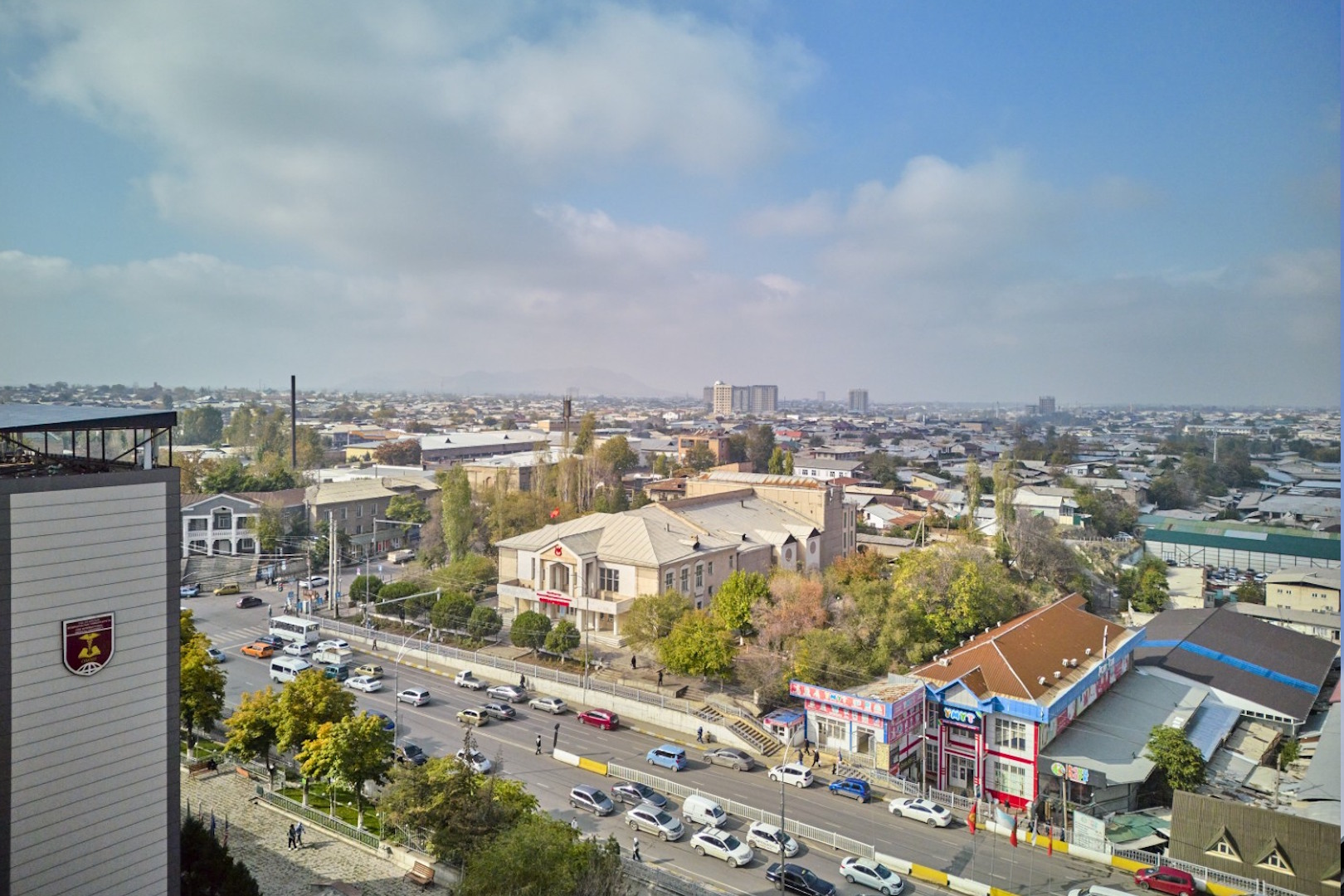
Madrasah of Khalmurzay and Mukhammedbay Turk
Today, in the square between Navoi, Kurmanjan Datka and Lenin Streets, it is difficult to find the outlines of the old quarter of Osh. It…
-

Mosque of Mohammed Yusuf Bai Haji Ogli
Mohammed Yusuf Bai Haji Ogli Mosque, an architectural monument of the 20th century, located on Navoi Street, is an example of a “guzar” (quarterly) religious…
-
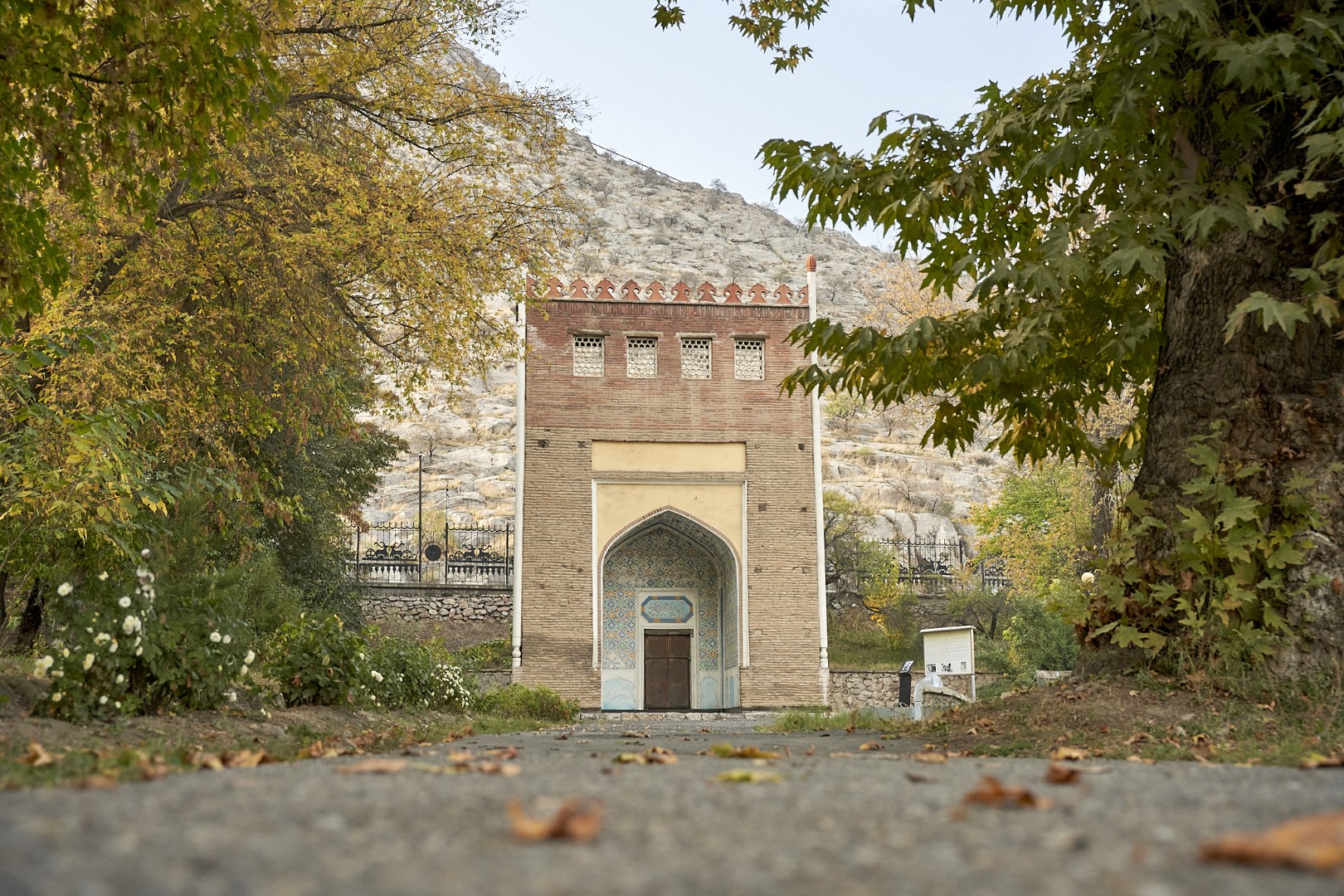
Asaf Ibn Burhia
Asaf ibn Burhia Mausoleum is located on the southeastern slope of Suleiman Mountain, and was built in the 18th century in the traditions of the…
-
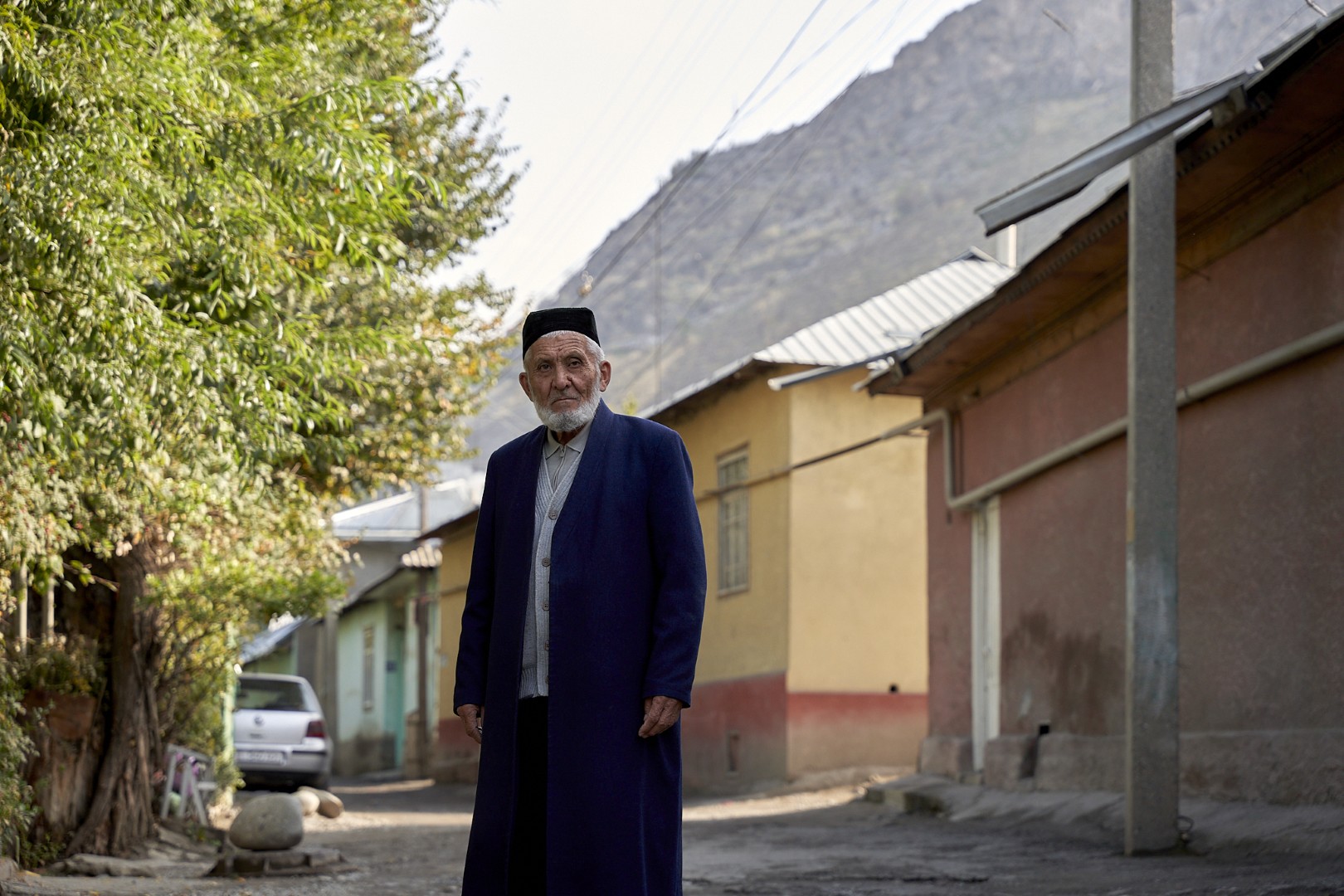
Artisans Quarter
Artisans Quarter is one of the favorite urban subjects of Osh painters. After Suleiman Mountain, it is the most recognizable location portrayed by local landscape…
Other Locations
-

National Drama Theatre
The Osh National Drama Theatre named after Sultan Ibraimov is one of the largest and most famous theatres in Kyrgyzstan. The theatre company was established…
-
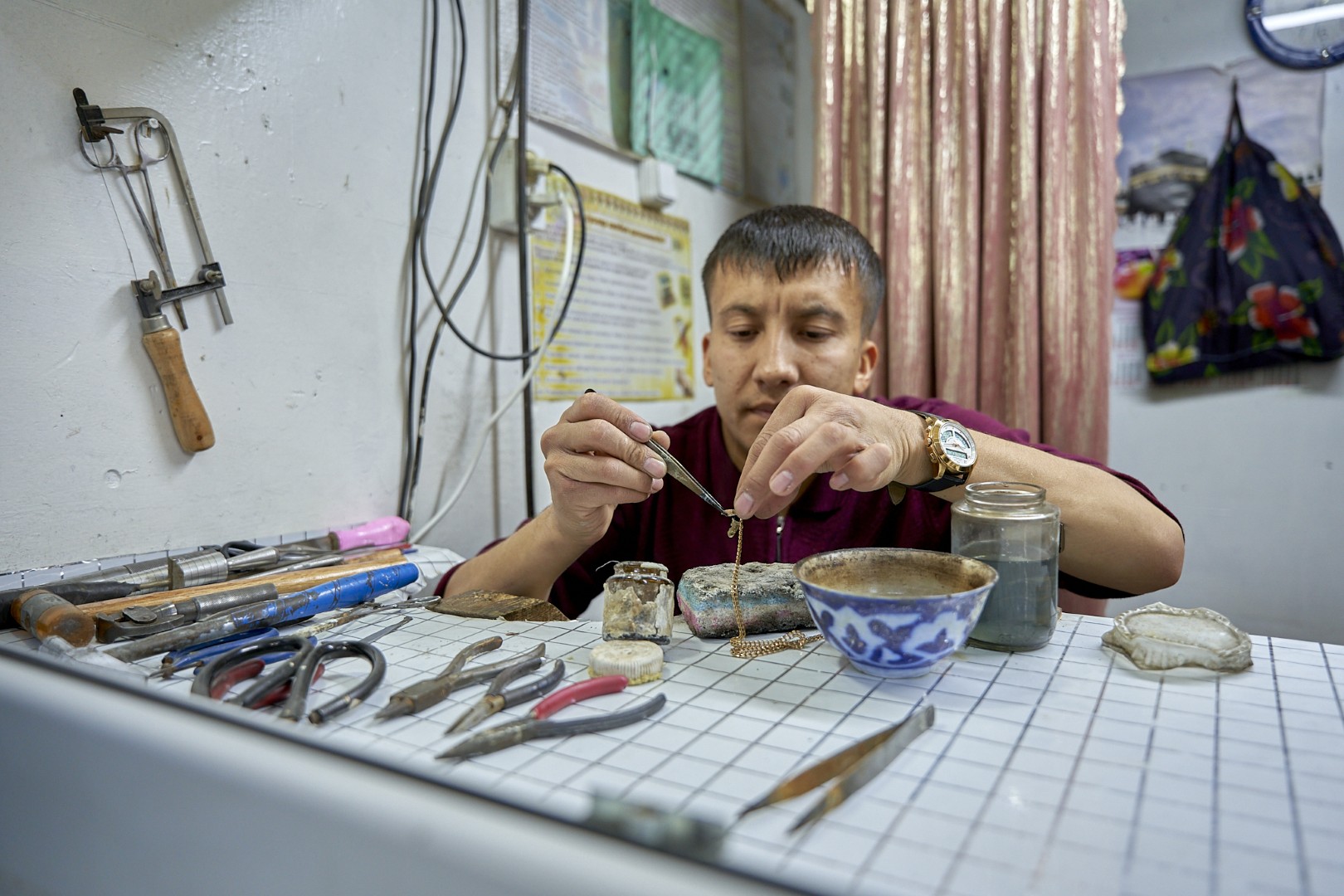
Altyn Bazaar
Start your walk around the old bazaar at one of the oldest passageways on Lenin Street, near the historical Sheyit-Tepe neighborhood. It is not visible…
-

History of the Bazaar
Osh’s old bazaar dates back to the founding of the city, some three thousand years ago. Today, many of the smaller local bazaars have disappeared…
-
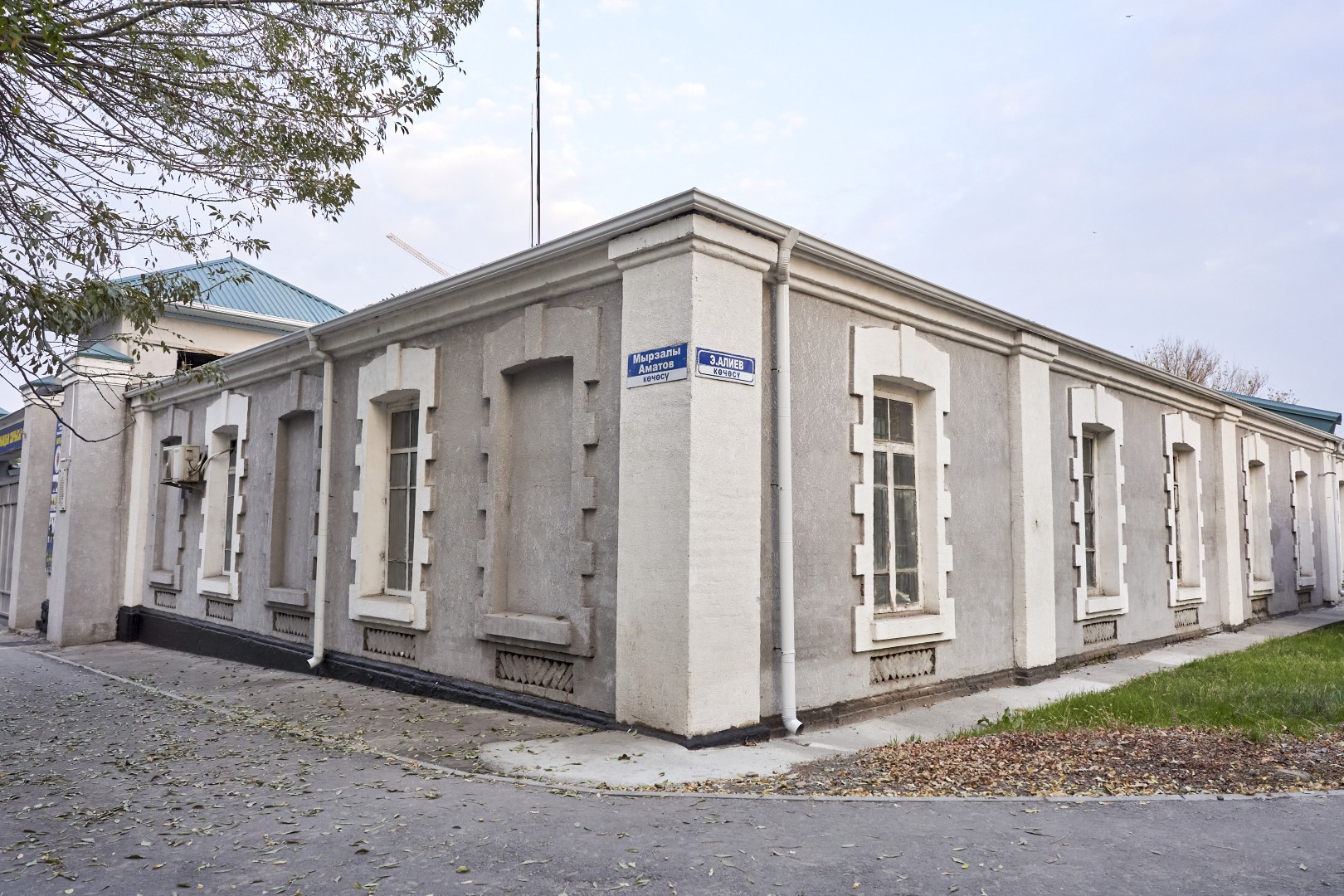
Osh Fortress
The Osh fortress was built in 1919 on the site of the former Tsarist Russian military barracks, located in the very center of the “new…
